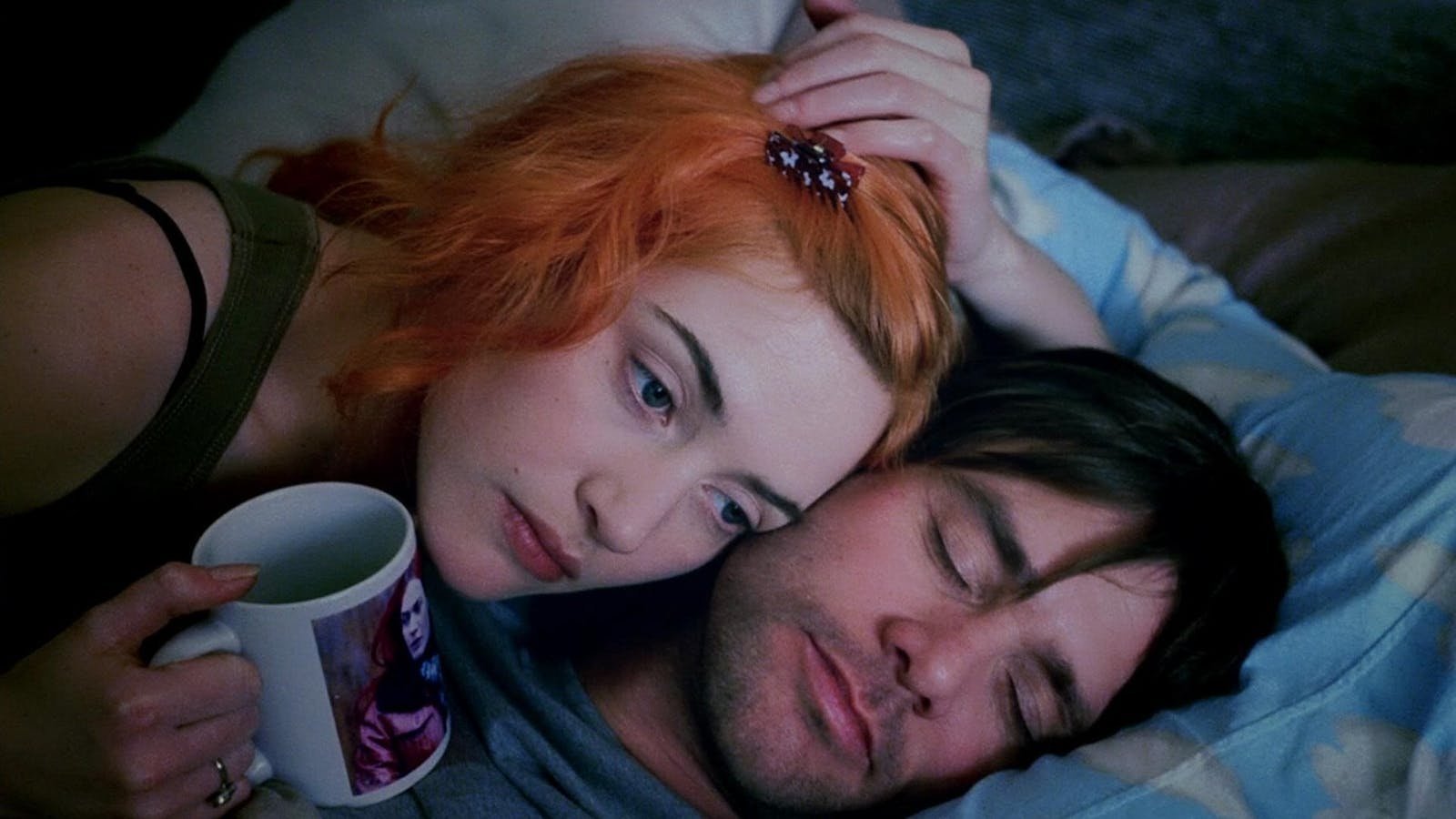Ten Questions to Ask Yourself as You Develop a Story Idea
Crafting a compelling story is a bit like solving a Rubik’s Cube. Each element—theme, character, plot—needs to align in a satisfying way, creating a narrative that both captivates and resonates. The following ten questions will guide you through this process, helping to sharpen your vision and create a story that lingers long after the last page or frame.
1. What’s the Thematic Question?
What aspect of humanity or the human condition do you want to explore?
A thematic question is the soul of your story. It anchors every decision, from character arcs to narrative structure. In Eternal Sunshine of the Spotless Mind, the thematic question might be: “Is it better to have loved and lost, or to forget entirely?” This question informs every scene, making the story a profound exploration of memory, pain, and connection. Without a thematic core, a story risks becoming hollow—a string of events without meaning.
Eternal Sunshine of the Spotless Mind (2004)
2. What is the Protagonist’s Greatest Flaw?
What belief or behaviour is preventing the protagonist from living a happy life?
Flaws are the cracks through which a character’s humanity shines. Think of Jerry Lundegaard in Fargo, whose greed and cowardice spiral into disastrous consequences. His flaw isn’t just a plot device; it’s the engine of the story. Without a flaw, characters become flat, and their journeys feel inconsequential.
3. How Does the World Change Throughout the Story?
In what way does the physical landscape or social environment evolve?
In Parasite, the world changes subtly and profoundly. The stark division between the wealthy Park family’s idyllic home and the impoverished Kim family’s basement flat is disrupted as the two worlds collide. By the film’s end, the physical space is soaked with tragedy, mirroring the societal shifts beneath the surface. A dynamic world amplifies your narrative stakes and underscores thematic resonance.
4. What is the Protagonist’s Goal?
What are they trying to achieve?
A clear, tangible goal drives a story forward. In The Banshees of Inisherin, Pádraic wants to mend his friendship with Colm. This seemingly simple goal spirals into a richly layered exploration of loneliness, identity, and human stubbornness. A strong goal provides clarity and purpose, even when the path to achieving it veers wildly.
5. What Initiates This Goal?
What major event propels the protagonist into action?
The inciting incident is the Big Bang of your story universe. In Fleabag, the opening episode’s casual chaos sets the stage for Fleabag’s spiralling journey of grief and self-sabotage. It’s not just about what happens but why it matters to your protagonist. A meaningful inciting incident hooks your audience and aligns them emotionally with your lead character.
Fleabag (2016)
6. Are There Significant Events That Happened Before the Story Begins That Shaped the Protagonist?
What past trauma or defining experience created their current mindset?
These are the ghostly fingerprints on your protagonist’s psyche. In Birdman, Riggan Thomson’s need for validation is rooted in his past as a washed-up celebrity, desperate to escape the shadow of his superhero alter ego. Uncovering your character’s backstory adds depth and helps audiences understand why they are the way they are.
7. What or Who Stands in the Way of the Protagonist Achieving Their Goal?
Is the obstacle external, internal, or both?
Conflict is the lifeblood of storytelling. In No Country for Old Men, the relentless Anton Chigurh embodies an unstoppable external force, while Sheriff Bell grapples with his internal doubts and fears. Whether your antagonist is a person, a societal structure, or an inner demon, they should challenge your protagonist in meaningful, layered ways.
8. What is the Antagonist’s Goal?
What does the antagonist want, and how does it clash with the protagonist’s desires?
A well-developed antagonist doesn’t just oppose—they pursue their own compelling goal. In Three Billboards Outside Ebbing, Missouri, Chief Willoughby is not a traditional villain, but his desire to avoid public disgrace conflicts sharply with Mildred Hayes’ quest for justice. By giving your antagonist depth, you create tension that feels authentic and complex.
9. What Will Happen if the Protagonist Doesn’t Achieve Their Goal?
What are the stakes?
Stakes are the beating heart of tension. In Maniac, the stakes are both personal and existential: the protagonists risk losing their sense of reality and connection if they fail to confront their traumas. Whether the stakes are global or deeply intimate, they must matter profoundly to your protagonist—and, by extension, to your audience.
Maniac (2018)
10. How Does the Protagonist Change?
Do they evolve, regress, or remain steadfast?
Character transformation is the thread that ties a story together. In A Serious Man, Larry Gopnik’s quest for answers leads him to embrace uncertainty rather than fight it. Whether your protagonist grows, breaks, or stays the same, their journey should resonate with the thematic question, creating a satisfying arc.
The Beauty of the Question
Asking questions during story development isn’t a checklist exercise—it’s a method for peeling back layers until you reach the raw core of your narrative. The answers may shift as you write, and that’s okay. After all, a story isn’t just a destination—it’s an exploration of what it means to be human.



